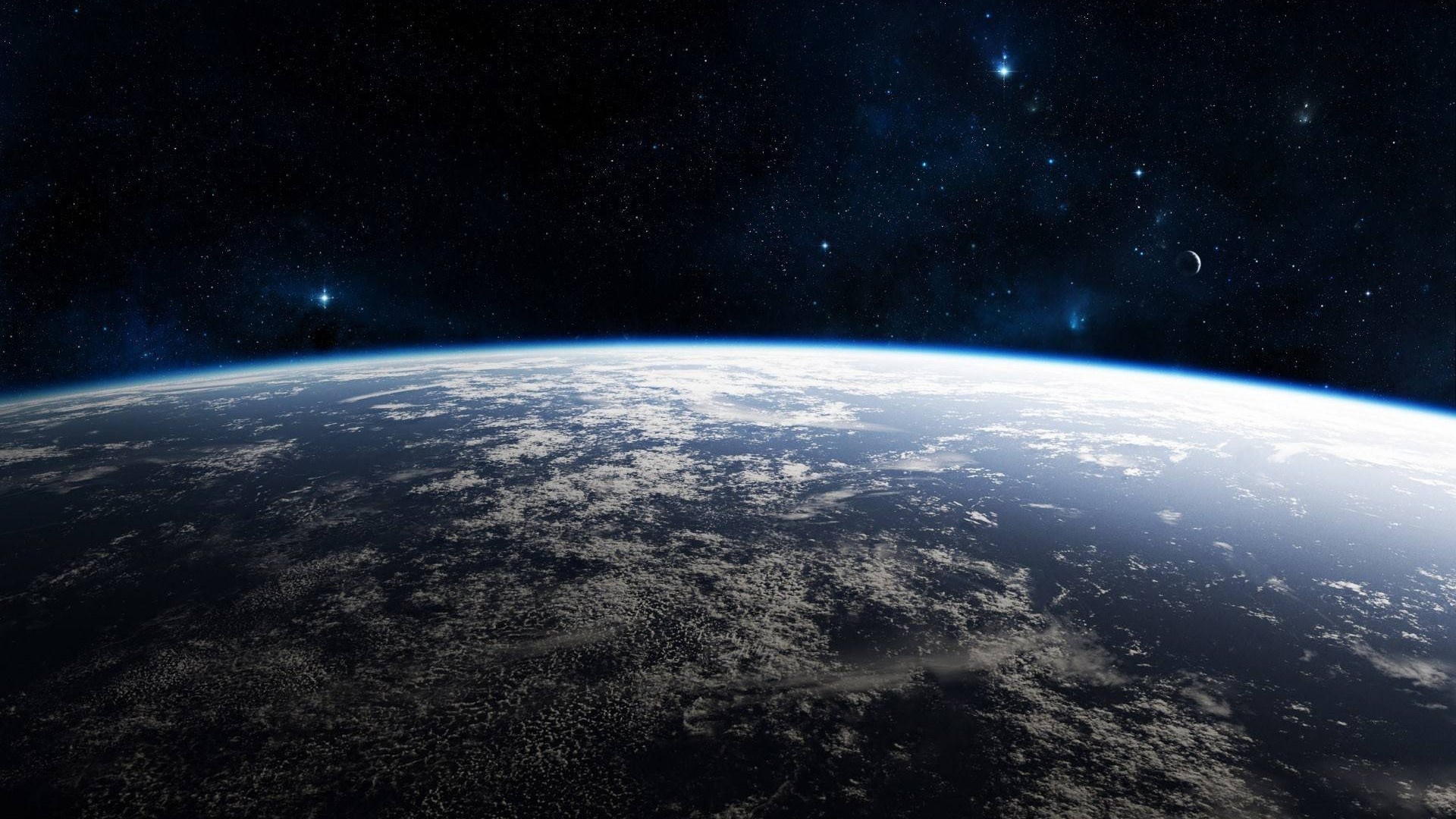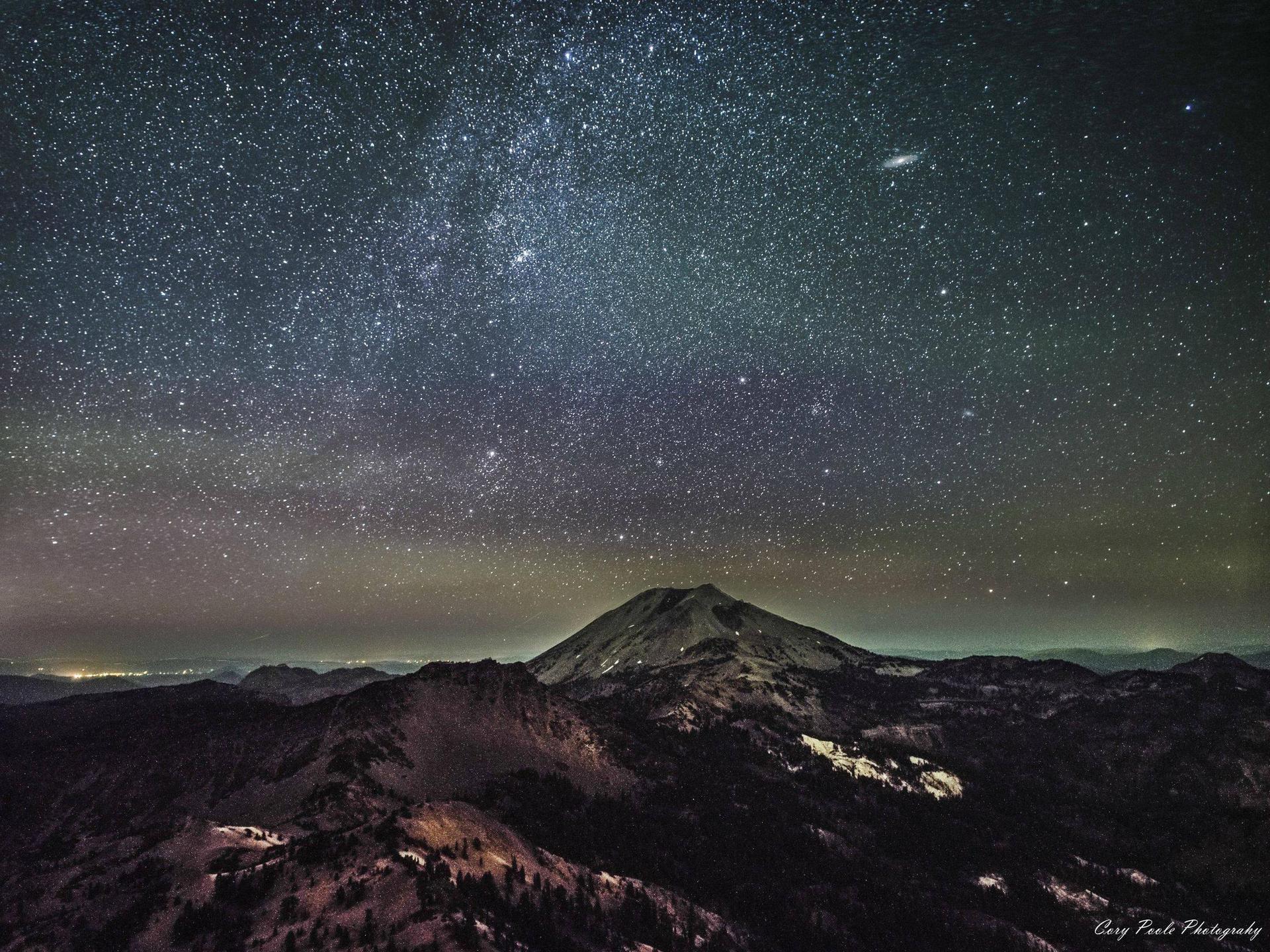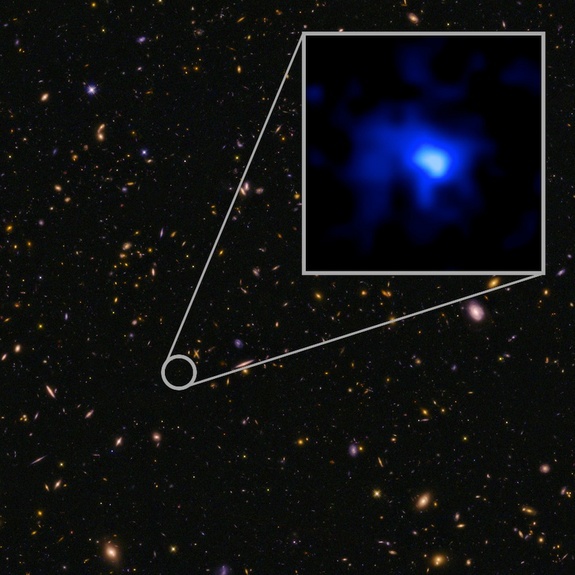About why the Hubble telescope can create relatively detailed images of distant galaxies, but can not “see” Pluto

(Assumed view of Pluto)
Have you ever wondered why the Hubble Space Telescope creates incredibly detailed images of galaxies that are millions of light-years away from us, but it cannot make a fairly detailed image of Pluto and other planets in our solar system?
The difference between the images of Pluto and the Andromeda Galaxy
The minimum distance from Pluto to the Earth = 4,280,000,000 km (7,500,000,000 km at the maximum distance)
')
And the maximum picture quality that Hubble can take looks like this:
Left Hubble shot
On the right is a snapshot of the New Horizons spacecraft, which was taken after a 9 year flight to Pluto, in 2015
 ...
... 
If you don’t know what the New Horizons is, here’s a short video about this discoverer’s mission -
3 min. Video about the New Horizons mission under the spoiler.
And here is a snapshot of the Andromeda galaxy, which is 4,313,207,570 times farther away than Pluto
The distance from it to the Earth = ~ 18 921 056 800 000 000 000 km
screenshot from video below
Watch this short video (open in the same tab) to more or less understand the scope
Direct video links
4K Ultra HD
cdn.spacetelescope.org/archives/videos/ultra_hd/heic1502a.mp4
Full hd
cdn.spacetelescope.org/archives/videos/hd_1080p25_screen/heic1502a.mp4
HD & Apple TV Preview
cdn.spacetelescope.org/archives/videos/hd_and_apple/heic1502a.m4v
Unfortunately, it’s impossible to insert the most detailed snapshot of Andromeda, its size is 4.3 GB (you need 600 HD displays to display it completely), but you can evaluate the quality of the picture by increasing and viewing it on this site ( All the big glowing balls in the picture are the stars of our galaxy, and the trillion small dots that can be seen when approaching are the stars of Andromeda)
To better understand the scale
Light (photon) is the fastest particle in the universe, nothing can move as fast as light (as far as we know), except for space itself (as a fact, we already know that behind the Hubble sphere wiki is space-time continuum faster than the speed of light.
For those who are interested in learning more about this, here is an interesting video on this topic.
Video under the spoiler
So:
1 light year wiki = 9 460 528 400 000 km
Light from the Sun to the Earth will reach in ~ 8 minutes (and Pluto is 29-52 times longer, that is, 4-7 hours)
The light from Pluto to the Earth will fly for ~ 4 hours (with the closest approach to the Earth)
And from Andromeda to the Earth will fly for ~ 912,500,000 days (2,500,000 years)
And in addition, we have: Pluto, located 4 light-hours from us and the Andromeda Galaxy, 21,900,000,000 light-hours from us (2,500,000 light-years or 18,921,056,80,000,000,000 kilometers)
Gallery TOP 100 images of galaxies on the Hubble site - link under the spoiler
Just think - we see not the Andromeda galaxy, but what happened to it and how it looked 2,500,000 years ago, during this period of time, while the light from it flew to us, on those few planets in the wiki's habitability zone, this galaxy, life could arise and reach a certain evolutionary stage of development, and perhaps several of those species could even evolve to our level or exceed it tenfold.
According to conservative estimates, only in the visible universe, there should be at least 4.2 - 5.3 trillion exo-planets in the habitable zone, which means that there is not a bad chance for settling life on some percentage of these planets, and an evolutionary process sufficient for time, in order to evolve into more complex life forms, however, the probability that these life forms will be similar to humans is very small: change only one of the parameters, for example, the radiation level on the planet, and already an evolutionary process will go with some otli iem from our forms of life on Earth, and these parameters millions
And even if in the Andromeda galaxy, on some of the planets, life could originate and evolve at least to our level, and provided they already listen to the universe on radio waves, for the first time they will know about our existence at least in 2 499 900 years , because the first radio waves containing our history and carrying information about our existence were sent into space about 100 years ago after the creation of the radio, so the probability of finding out about extraterrestrial life is extremely small, unless of course a more developed civilization is still not science ilas apply effects Mr. Miguel Alcubierre wiki , and is in no hurry to search for exoplanet civilizations. At the same time, the opportunity is not enough, you still need to be willing to search for us, which is unlikely, because if they are already so developed that they can control the space-time continuum, will we find something interesting for them so that they had a desire to get acquainted with us, so that they suddenly wanted to shake hands with “themselves” people. The maximum that they will do is to study the responses to the environment and certain factors and peculiarities of the processes of interaction of the environment on us, as more stupid as we do with laboratory rats.
“How often do you want to stop and start a dialogue with a worm?” Maybe you, of course, stopped to talk to him, but you didn’t expect him to answer you? ”(C) Neil de Grasse Tyson is a famous astrophysicist and popularizer of science.

Let's return to the topic of the article. Mathematical explanation
To understand why we see galaxies so clear, unlike Pluto, we need to understand what the angular resolution of the camera is and the ratio of the distance from the object to its size.
Angular resolution is the ability of an eye, telescope, microscope, camera, etc., to recognize the details of another object. Angular resolution is usually measured in angular seconds.
1 degree = 3600 arcseconds
The moon, for example, takes in our sky 1800 angular seconds, ie 0.5 degrees
Moon
To make it clear to everyone what we are talking about, let's consider the moon for comparison.
Moon 3476 km in diameter, the average distance to the Earth 384,000 km
The full moon covers 1800 angles of the sky; 0.5 degrees
Knowing this, we can calculate the size of the object that you can see on the Moon from the Earth with your own eyes.
It's very simple: take the diameter of 3476 km, divide it by the amount of 1800 angles per second, which the Moon covers in the sky and we get = 1.93
1.93 is the number of kilometers, showing how large the resolution is 1 arc-second (based on the diameter and distance to the moon)
1.93 multiply by the angular resolution of your eyes 60 and get = 115.8 km
The minimum object that you can see with your own eyes on the moon from Earth will be ~ 116 km in size.
Remove the moon further away from us, leaving the diameter the same - it will cover less angular seconds in the sky, and you will see less and less details as the moon moves away.
Hubble Camera
Both images - Pluto and galaxies, shown at the beginning of the article, were taken “on the wide-angle camera 3 ″ (TWC3) Hubble
The resolution of this camera = 0.05 angular seconds
The main Hubble mirror is 2.4 meters in diameter, which means that using the wiki's limit limit formula we learn that it will be equal to 0.05 angle seconds, which is much better than the resolution of the human eye (60 vs. 0.05, less is better)
Multiplying the already calculated value of 1.93 by the angular resolution of Hubble (0.05), we find that the Hubble can see an object on the Moon ~ 100 m in size (against the human eye ~ 116 km)
Pluto
The angular diameter of Pluto is only 0.115 ang. s (in close proximity with the Earth) is very small, despite the fact that its size is only 2400 km in diameter
(2400 km in diameter) / (4.280 million km) = 0.00000056 (4.280 million km is the distance in the closest approach to the Earth, as mentioned above in the article)
This means that the minimum object that Hubble can view on Pluto must be no less than 1029 km in size (2368 / 0.115 = 20.600 km. | 20.600 * 0.05 = 1029 km)
That is, with a telescope resolution of 0.05 arc seconds, Pluto will consist of 2 pixels, since 1029 km is almost half the size of the entire planet.
Separating the ratio of Pluto to the Hubble angular resolution of 0.05 converted to radians 2.42406841 × 10 ^ -7 we get
0.00000056 / 0.00000024 = 2.3 resolution (px)
Galaxy Andromeda
(260,000 light years in diameter) / (distance to it is 2 million light years) = 0.13 (the ratio of the diameter to the distance to us)
1 degree = 3600 angles seconds (angular seconds)
In our sky, it takes 10,800 coal. sec. i.3 degrees (the moon takes 0.5 degrees, that is, the moon in our sky is 6 times smaller than Andromeda)
We do the same, divide the calculated ratio by the Hubble angular resolution in radians 2.42406841 × 10 ^ -7
0.13 / 0.00000024 = ~ 541 600 resolution (px)
And, like this, she looks in the photo of Cory Poole Reddit (the original is larger )

With Andromeda, everything is clear, but what if you take a more distant galaxy, one of the earliest educated galaxies, for example, the EGS-zs8-1 galaxy, which is 6550 times further than the Andromeda galaxy
EGS-zs8-1 is 13.1 billion light years from us (the age of the universe is 13.8 billion years)
This is the furthest distance ever measured from the earth to another galaxy. The distance at such large distances is measured by the wiki redshift. the greater its value, the farther away the galaxy is. This galaxy has the largest displacement ever detected.
snapshot under spoiler

Well, this picture is already more similar to the image of Pluto, shown at the beginning of the article :)
The reason that Hubble can show so much more detailed pictures of galaxies, unlike the planets of our solar system, is that the galaxies are incredibly huge. And in the ratio of their distance from us with their size, (as shown above, the ratio is only 0.13 against the ratio of Pluto = 0.00000056), give us the opportunity to take such beautiful pictures, even with such an outdated telescope like Hubble. Soon he will be replaced, the James Web Web telescope will come out, then we will be able to see the galaxies in even greater detail.
As we already understood, Andromeda occupies 6 times more “space” (degrees) in our sky than the Moon, and if Andromeda were brighter, we would see it in our sky

YouTube YouTube 5:35
Even if we consider the galaxy NGC 5584 , located 70 million light years from us, which is 35 times farther from Andromeda, it will still be ~ 1200 times more detailed than Pluto, because, despite its great distance from us, the ratio of diameter and distance is about 1200 times greater than those of Pluto (0.00069 / 0.00000056 = ~ 1200)
I hope at least not many people have helped in understanding why modern telescopes can make an incredibly beautiful picture of a galaxy or nebula (for example, such or one of these TOP 100 Hubble photos)
but they cannot show a sufficiently detailed photograph of Pluto or some of the other planets of our solar system.
At last
What is interesting to see about space:
I recommend everyone to watch just the epic series "Space: Space and Time" Kinopoisk (Continuation of the famous series of Karl Sagan)
View in HD / fullHD can be on cxz.to or using popcorntime (only in English)
(not advertising)
For those who know English and who are interested: below, under the spoiler, a stunning video from NASA about the device - the discoverer of new horizons, which after half a month, will give us the opportunity to see our 9th planet for the first time - Pluto (instead of a blurred point on a picture of several gray pixels that we have now)
Video from NASA (58 minutes)
Poll
Source: https://habr.com/ru/post/367549/
All Articles